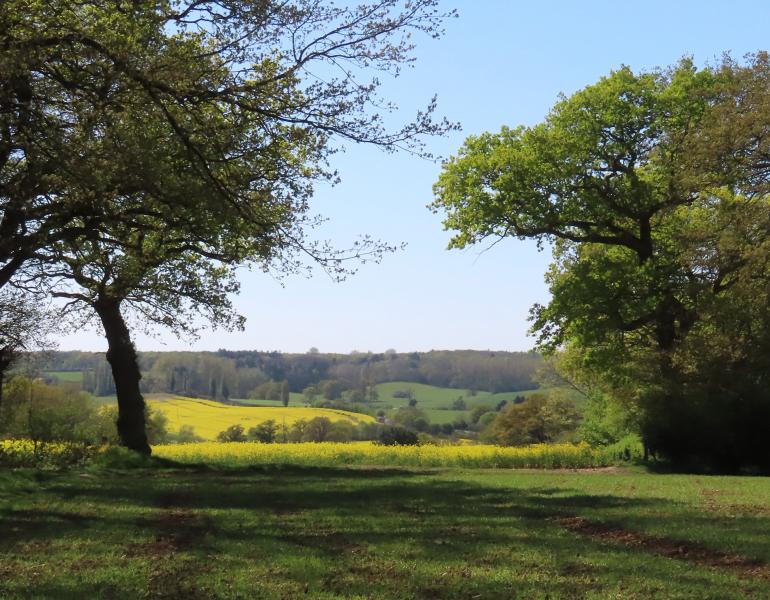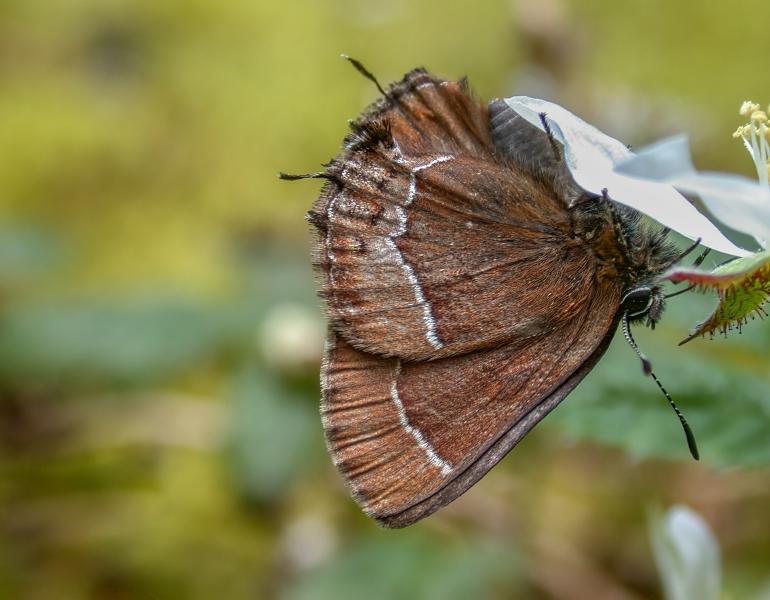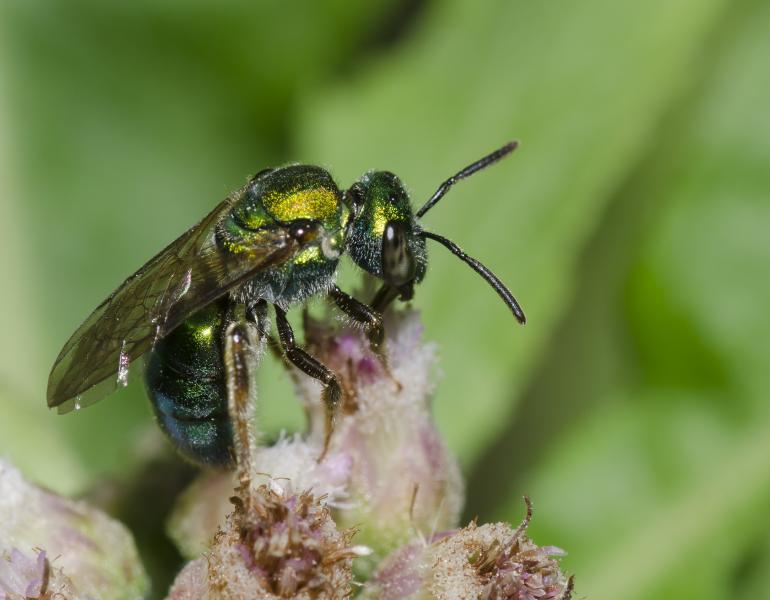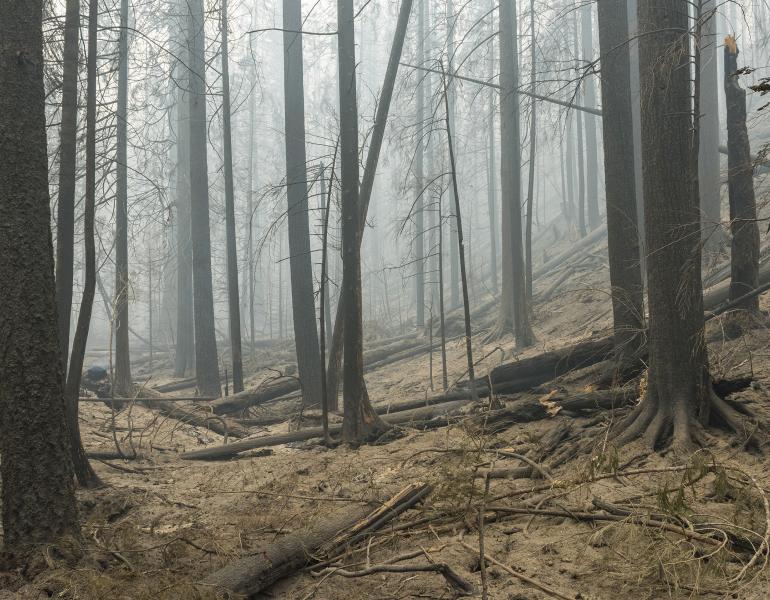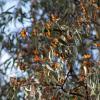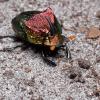To many people, the roar of a chainsaw is a sound of alarm, not conservation. But for England’s surviving ancient woodlands, the chainsaw has become a valuable tool.
Trees and Forests
In Search of the Elusive Johnson’s Hairstreak
Old-growth forests are not exactly the habitat that comes to mind when you think of butterflies, but Johnson’s hairstreak calls these habitats home. It lives in the treetops, its larvae munching away at sprigs of mistletoe.
Bees of the Eastern Forests
Bees are generally thought of as creatures of open habitats, frequenting places with sunlight and plenty of flowers. But, given how much of the Eastern US was once blanketed in forests, shouldn’t there be some bee species that specialize on forest habitat? Research in New Jersey has shown that, indeed, many bees are forest associated, and that they are unlikely to persist in places where forests have been cleared.
Forests, Fires, and Insects
Fire has always been part of the ecosystems of the western United States, but the fires we are experiencing now are bigger and hotter than they used to be. This is partly because of years of fire suppression, but is also a result of the changing climate. Invertebrates from caddisflies to slugs to bees and butterflies are likely negatively affected, but we still have much to learn about the effects on these populations.
Planning and Planting for the Future of Monarchs in California
Pismo State Beach is one of the most important overwintering sites for monarchs in California. It has regularly hosted over 10% of the entire western monarch population each winter. Xerces Society has partnered with California State Parks, Creekside Center for Earth Observation, and others to develop and implement a plan to restore and enhance the site’s ability to host monarchs.
Tu BiShvat, the New Year for Trees, Provides a Chance to Support Invertebrates
This ancient tradition fits into modern life—and invertebrate conservation efforts—perfectly. Modern festivities frequently focus on planting ecologically important trees and shrubs—such as pollinator-friendly or butterfly and moth host plants.
Climate News Round-Up: The Power of Trees!
Carbon sequestration is a key component to mitigating the climate crisis. Trees are efficient, effective, and they can be deployed on a large scale. So plant a native tree today!

